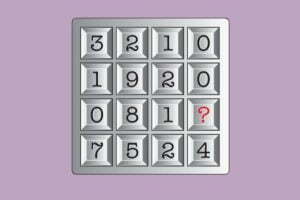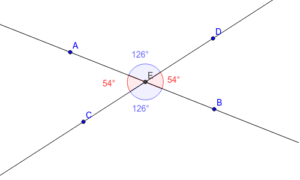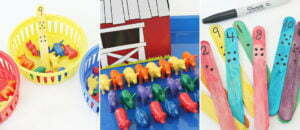Math generally gets a bad rap. Parents and teachers who do not like the subject pass on this attitude to kids, who then do not like it as well. However, math can be quite a fun subject. How we teach young kids decides if they turn out to be math lovers or math haters. Therefore, in this article, we will talk about ways to make math fun for kids, particularly using engaging math games.
Why don’t Some Kids have Fun with Math?
Math is all about precious and rigorous arguments. It involves abstract concepts that display originality and invention. Learning these concepts can be fun and help students build essential life skills. However, anytime a kid is asked to take out his math book all you hear are groans of disappointment. This can be due to the following reasons:
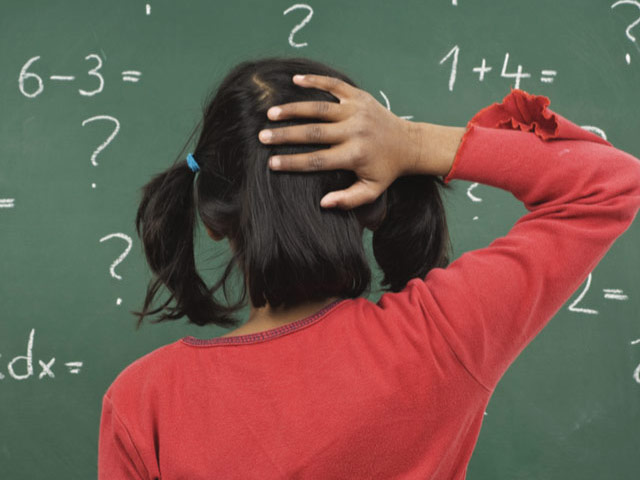
1. Difficulty
If a student is struggling to understand the lessons or keep up with their homework or understand lessons, it becomes easy for them to disengage or get discouraged. Thus, they lose interest in the subject.
2. Boredom
If students are not challenged enough or receive extra resources to stay occupied, math, something they have already mastered can become boring. Therefore, they disengage from the subject.
3. Math anxiety
Testing and grades give some kids tremendous anxiety. This stress is aggravated when they are struggling to learn new concepts, thus, making them overwhelmed and lose focus.
How to make math fun?
1. Create a hands-on experience
Traditionally, math was taught using lectures and worksheets. However, these days there are so many more options to choose from. Students are far more likely to take interest in and remember a concept that they learnt by counting or dividing candy. Although worksheets and flashcards are essential for practising math, hands-on lessons are great for introducing new concepts, thus, getting kids excited about the subject.
2. Diversify math lessons
Not all students feel confident enough to raise their hands during a math lesson. Extroverted kids talk through problems, thus, they tend to learn the best. The same might not be true for introverted children. Therefore, providing diverse lesson plans is key to tach the subject.
Include discussions, group activities, flashcards, worksheets and hands-on experiences when teaching math. Although standardized tests do not cater to their learning style, you can build confidence in your kids through flashcards and games that cater to their learning style.
3. Extend teaching past math class
If you want to make math fun for kids, start by making it meaningful. Introduce discussions about the subject while teaching them history, science or even art. For example, you can have kids calculate how many years ago the Revolutionary War took place or ask them to estimate expected results before performing a science experiment. Integrating your lessons will help children obtain a more holistic view of math and its applications. Thus, they will see that math is essential for everyday life, and not only used by mathematicians.
4. Make it personal
The easiest way to get students excited about math is to incorporate their interests into problems and equations. For example, when teaching them probability, use their favourite sport. Similarly, when teaching them about money, ask them how much they need to save each week to buy the toy they want. Even just including your kid’s names in word problems can make them more interesting.
5. Introduce physical movement
Get your students out of their seats and move around the room. Try introducing writing and acting out skits, a scavenger hunt or even some exercise mid-class to get their blood pumping. Flipped classrooms and think pair share activities can also help students get hands-on experience and talk through new ideas.
6. Encourage questions
If you pay attention and encourage questions, your students may make math fun for you. Use the questions your kids ask as a jumping-off point to discuss math concepts and skills. All in all, encouraging questions in math class can lead to many new discoveries and fun lessons. Remind your students that there are no stupid questions. In fact, consider creating a dropbox for students to leave their wacky math questions and answer during class as a break.
7. Use Visual aids and picture books
For a classroom full of visual learners, picture books, charts and other visual aids can help provide a point of reference, thus, enabling them to learn new concepts. Printables, charts and diagrams are readily available on sites like Teachers Pay Teachers. These make setting up a classroom simple and stress-free. You can even get your students to make their own visual aids, to help them remember key terms and concepts.

We have a few picture books you can use to teach your kids the subject. They are:
- G is for Googol: A Math Alphabet Book by David M. Schwartz-This math book explores interesting math concepts for every letter of the alphabet. Perfect for 4th to 8th-grade students.
- Bean Thirteen by Matt McElligot-This goofy storey explores concepts like remainders and division.
- Uno’s Garden by Graeme Base– Students have to complete puzzles and multiplication questions to find animals in the forest Uno lives in.
8. Play math games
Math games are a tried and tested method to teach kids new concepts. It is great for bringing competition and excitement to your classroom. Therefore, incorporating math games in your lesson plan helps keep your students engaged in the subject. You can opt for online games or offline ones. We will look at the various math games you can incorporate in detail in the next section.
Some games to make math fun
1. Prodigy
For students of 1st to 8th grade

Prodigy is a free, curriculum-aligned math video game. The primary purpose of the games is to reinforce math concepts and essential skills. Prodigy is similar to other role-playing games (RPGs) like Pokemon, as players compete in math duels against in-game characters. To win, they must answer all questions correctly.
A great feature of the games is that, as a teacher, you can customize these questions to align with class material. The game also uses adaptive learning principles to adjust content to focus on each student’s trouble spots.
2. Around the block
For students of 3rd to 8th grade
Around the Block uses only a ball to practice almost all math skills. Firstly, begin by putting together a list of questions related to a particular topic. Second, have your students stand in a circular formation. Finally, give one student the ball and read out a question. The students must then pass the ball clockwise around the circle, and the one who was given the question must answer it before receiving the ball again. If the student answers incorrectly, pass the ball to a classmate of your choice for the next question. However, if the student correctly answers, he or she picks the next contestant.
3. Math Baseball
For students of 3rd to 8th grade
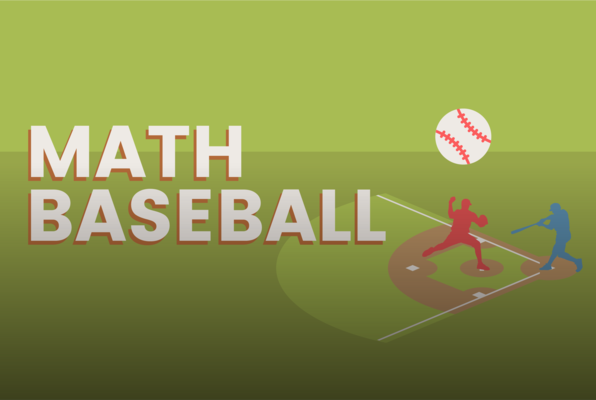
Split the class into two teams to play the game. One team will start by batting and scoring runs by choosing questions worth one, two or three bases. You will pitch questions of varying difficulty depending on how many bases they are worth. If the batting team answers incorrectly, the defending team can respond with the correct answer and earn an out. After three outs, ask the teams to switch sides. Play until a team hits 10 runs.
4. Bouncing sums
For students of 3rd to 8th grade
To prepare, use labels or a marker to mark beach ball with integers, decimals or fractions. Hand the ball to one student, who will read aloud the number. That student then passes the ball to a classmate. The second classmate has to read aloud the number on the ball and add, multiply or divide it with the previous number. Continue this till all the students get a chance or till you reach the highest number possible within a time limit.
5. Multiplication tables game
For students of 1st to 3rd grade
Begin by giving each of your students a printout of the table below. Then, announce a multiplication question. Ask your students to find the answer using the table. The first one to announce the answer wins the round.
Table
| X | 1 | 2 | 3 | 4 | 5 | 6 | 7 | 8 | 9 | 10 | 11 | 12 | 13 |
| 1 | 1 | 2 | 3 | 4 | 5 | 6 | 7 | 8 | 9 | 10 | 11 | 12 | 13 |
| 2 | 2 | 4 | 6 | 8 | 10 | 12 | 14 | 16 | 18 | 20 | 22 | 24 | 26 |
| 3 | 3 | 6 | 9 | 12 | 15 | 18 | 21 | 24 | 27 | 30 | 33 | 36 | 39 |
| 4 | 4 | 8 | 12 | 16 | 20 | 24 | 28 | 32 | 36 | 40 | 44 | 48 | 52 |
| 5 | 5 | 10 | 15 | 20 | 25 | 30 | 35 | 40 | 45 | 50 | 55 | 60 | 65 |
| 6 | 6 | 12 | 18 | 24 | 30 | 36 | 42 | 48 | 54 | 60 | 66 | 72 | 78 |
| 7 | 7 | 14 | 21 | 28 | 35 | 42 | 49 | 56 | 63 | 70 | 77 | 84 | 91 |
| 8 | 8 | 16 | 24 | 32 | 40 | 48 | 56 | 64 | 72 | 80 | 88 | 96 | 104 |
| 9 | 9 | 18 | 27 | 36 | 45 | 54 | 63 | 72 | 81 | 90 | 99 | 108 | 117 |
| 10 | 10 | 20 | 30 | 40 | 50 | 60 | 70 | 80 | 90 | 100 | 110 | 120 | 130 |
| 11 | 11 | 22 | 33 | 44 | 55 | 66 | 77 | 88 | 99 | 110 | 121 | 132 | 143 |
| 12 | 12 | 24 | 36 | 48 | 60 | 72 | 84 | 96 | 108 | 120 | 132 | 144 | 156 |
| 13 | 13 | 26 | 39 | 52 | 65 | 78 | 91 | 104 | 117 | 130 | 143 | 156 | 169 |
| 14 | 14 | 28 | 42 | 56 | 70 | 84 | 98 | 112 | 126 | 140 | 154 | 168 | 182 |
| 15 | 15 | 30 | 45 | 60 | 75 | 90 | 105 | 120 | 135 | 150 | 165 | 180 | 195 |
| 16 | 16 | 32 | 48 | 64 | 80 | 96 | 112 | 128 | 144 | 160 | 176 | 192 | 208 |
| 17 | 17 | 34 | 51 | 68 | 85 | 102 | 119 | 136 | 153 | 170 | 187 | 204 | 221 |
| 18 | 18 | 36 | 54 | 72 | 90 | 108 | 126 | 144 | 162 | 180 | 198 | 216 | 234 |
| 19 | 19 | 38 | 57 | 76 | 95 | 114 | 133 | 152 | 171 | 190 | 209 | 228 | 247 |
| 20 | 20 | 40 | 60 | 80 | 100 | 120 | 140 | 160 | 180 | 200 | 220 | 240 | 260 |
For example:
If the question is 2*5, then the students have to find the answer (10, in bold) as given below. You can pose other questions like 7*8, 4*12, 2*9 etc.
| X | 0 | 1 | 2 | 3 | 4 | 5 | 6 | 7 | 8 | 9 | 10 |
| 0 | 0 | 0 | 0 | 0 | 0 | 0 | 0 | 0 | 0 | 0 | 0 |
| 1 | 0 | 1 | 2 | 3 | 4 | 5 | 6 | 7 | 8 | 9 | 10 |
| 2 | 0 | 2 | 4 | 6 | 8 | 10 | 12 | 14 | 16 | 18 | 20 |
| 3 | 0 | 3 | 6 | 9 | 12 | 15 | 18 | 21 | 24 | 27 | 30 |
| 4 | 0 | 4 | 8 | 12 | 16 | 20 | 24 | 28 | 32 | 36 | 40 |
| 5 | 0 | 5 | 10 | 15 | 20 | 25 | 30 | 35 | 40 | 45 | 50 |
| 6 | 0 | 6 | 12 | 18 | 24 | 30 | 36 | 42 | 48 | 54 | 60 |
| 7 | 0 | 7 | 14 | 21 | 28 | 35 | 42 | 49 | 56 | 63 | 70 |
| 8 | 0 | 8 | 16 | 24 | 32 | 40 | 48 | 56 | 64 | 72 | 80 |
| 9 | 0 | 9 | 18 | 27 | 36 | 45 | 54 | 63 | 72 | 81 | 90 |
| 10 | 0 | 10 | 20 | 30 | 40 | 50 | 60 | 70 | 80 | 90 | 100 |
This game is a great way to teach young kids multiplication tables.
6. Math Facts Race
For students of 2nd to 5th grade
Combine math with physical activity in this fast-paced drill. Split your class into teams and place a grid sheet at the front of each group. One student from each team will run to the sheet, writing an answer on it
For example, If asked to practice multiplication, the student will have to write 12 in the grid where the third row and fourth column meet. The student returns to his or her team after answering the question, allowing a different member to run to the sheet. The team that completes the grid first wins the game.
7. 101 and out
For students of 2nd to 6th grades

The goal is to score as close to 101 points as possible without going over. Divide your class in half and give each group a die along with a paper as well as a pencil. The teams take turns rolling the die and then strategizing to count the number at face value or multiplying it by 10.
For example, students who roll a four can keep that number or turn it into 40.
8. Teaching mathamatical concept words
For ages 2 to 5 years old
Make activities like grocery shopping or cleaning fun by teaching your little ones phrases that denote quantity, like “a lot” and “a few”.
9. Math scavenger hunt
For students of 1st to 8th grade
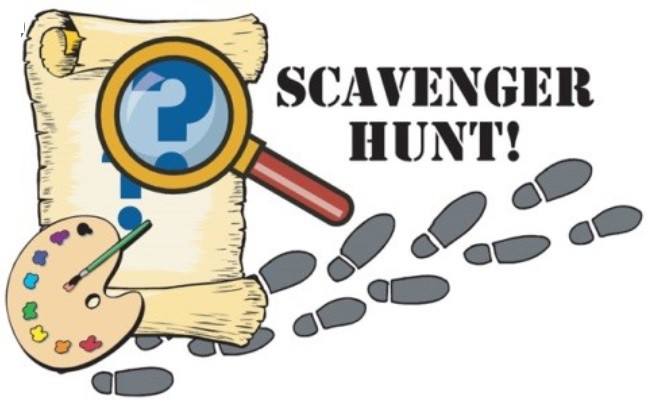
Create a bunch of clues for kids to find around the room. However, these clues need to be math problems. Increase the difficulty of the questions for kids of higher classes.
For example,
- Find 4 + 5 books in the room
- If you eat 2 pieces of pizza from the 7 present, how many are left?
- Billy had 2 books at home. He got 2 more books from the library. How many books does Billy have now?
- If you have 30 pieces of candy to be split evenly into 6 bags, how many pieces of candy are in each bag?
10. Back-to-Back
For students of 2nd to 6th Grades
Back-to-Back involves a pair of classmates standing in front of the blackboard with chalk in hand, facing away from one another. When a third student says “numbers up,” each competitor must write a number on the board. The third student then asks for the sum or product of the numbers. The competitor that states the answer first wins the round.
11. Math tic-tac-toe
For students of 1st to 8th grade

Pair students to compete against each other while practising different math skills in tic-tac-toe like. Firstly, prepare a 3*3 grid. Fill each box with questions that test different abilities. The first player to link three Xs or Os by correctly answering the question wins. You can also use the examples given below.
- Choose the prime numbers to form the following
| 273 | 857 | 617 |
| 437 | 937 | 399 |
| 907 | 96 | 613 |
| 401 | 169 | 601 |
| 1328 | 853 | 596 |
| 181 | 53 | 111 |
Large Decimal Number Tic Tac Toe Math Worksheets – Download & Download
12. Simon Says, geometry edition
For students of 2nd as well as 3rd grade
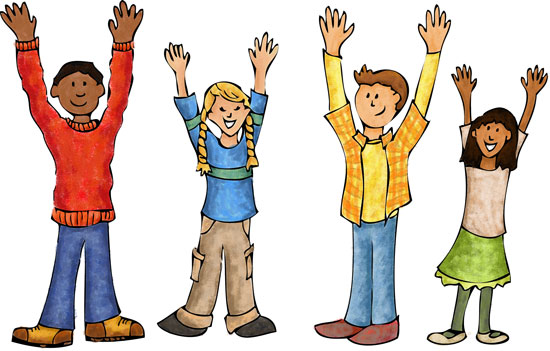
This game appeals to kinesthetic learners and helps them improve their understanding of basic geometry. As you, Simon gives commands that require students to illustrate angles and shapes by moving their arms.
For example, ask them to make angles like 60 degrees, 180 degrees or 45 degrees as well as parallel and perpendicular lines using their arms. Steadily, speed up your commands and change if they are given by Simon or not. Do this until one student remains and is declared the winner.
13. Stand up, Sit down
For students of 1st to 5th Grades
The principle of this game is quite straightforward. You pick a number, and your students must stand if the answer to an equation you read aloud matches that number. If there is no match, they remain seated.
For example, you can pose questions like the ones given below:
- An odd number
- Greater than 20
- A multiple of 6
You can also alternate addition and subtraction or multiplication and division.
14. War
For students of 2nd to 8th grade
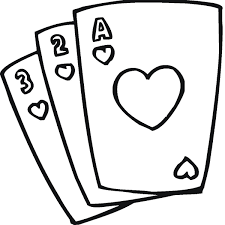
Give this traditional card game a mathematical twist. First, pair students together and give them each a deck of cards. Then, assign the following values:
- Ace: 1
- Two to 10: Face value
- Jack: 11
- Queen: 12
- King: 13
The rules of the game depend on the age of the student as well as the skills you are trying to build.
For example, students in lower grades will play with two cards, subtracting the lower number from the higher, while students in higher grades can multiply the numbers or designate a certain suit negative integers. The player with the highest hand wins all four cards.
15. Jeopardy
For students of 3rd to 8th Grades

Transform this famous game show to focus on preparing students for a quiz or test. Begin by attaching pockets to a bristol board and dividing them into columns as well as rows. Each column should focus on a specific topic, while each row should have a value like 200, 400, 600, 800 and 1,000. A team can ask for a question from any pocket, and other teams can solve the problem and answer first. The team with the highest point total claims the prize you provide.
FAQs
1. What are some fun math questions?
Math questions or riddles can be a fun way to keep your students engaged. Given below are a few questions you can ask:
- Which number has the same number of letters as its meaning? Answer: Four
- What number doesn’t have its own Roman numeral? Answer: Zero
- What is the only even prime number? Answer: Two
Othe puzzles are given in here.
2. What is the purpose of math games?
Games for math provide means for students to engage in problem-solving and thus, reach a particular goal or objective.
3. What are the benefits of math games?
Helps in problem-solving
Game-based learning can help students solve problems by promoting skills like logic, decision making and understanding causation.
Encourages critical thinking
Research has shown that games can improve students’ critical thinking skills, and enhance the development of independent beliefs.
Increases student engagement and motivation
Research shows that teachers who incorporate digital game-based learning elements like choice, collaboration and feedback into their lessons, have students who are more engaged and motivated to learn.
Introduces situational learning
Math games encourage situated learning. This helps students understand new concepts in the context of their social relationships.
4. What makes a good math game?
Good games for math should balance skill and luck. Without a component of luck, mathematically-able students tend to dominate others, thus, demotivating students who are unable to solve the game.
5. How to make your own math game?
You can refer to the following video to make your own math game.
Share with your friends
